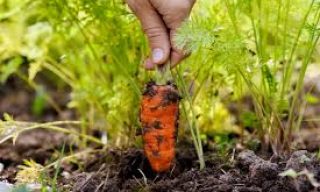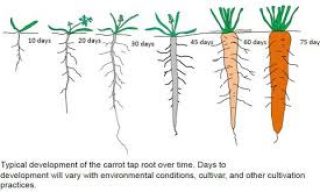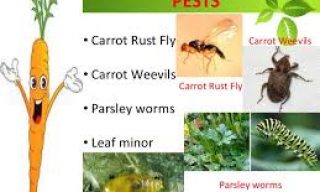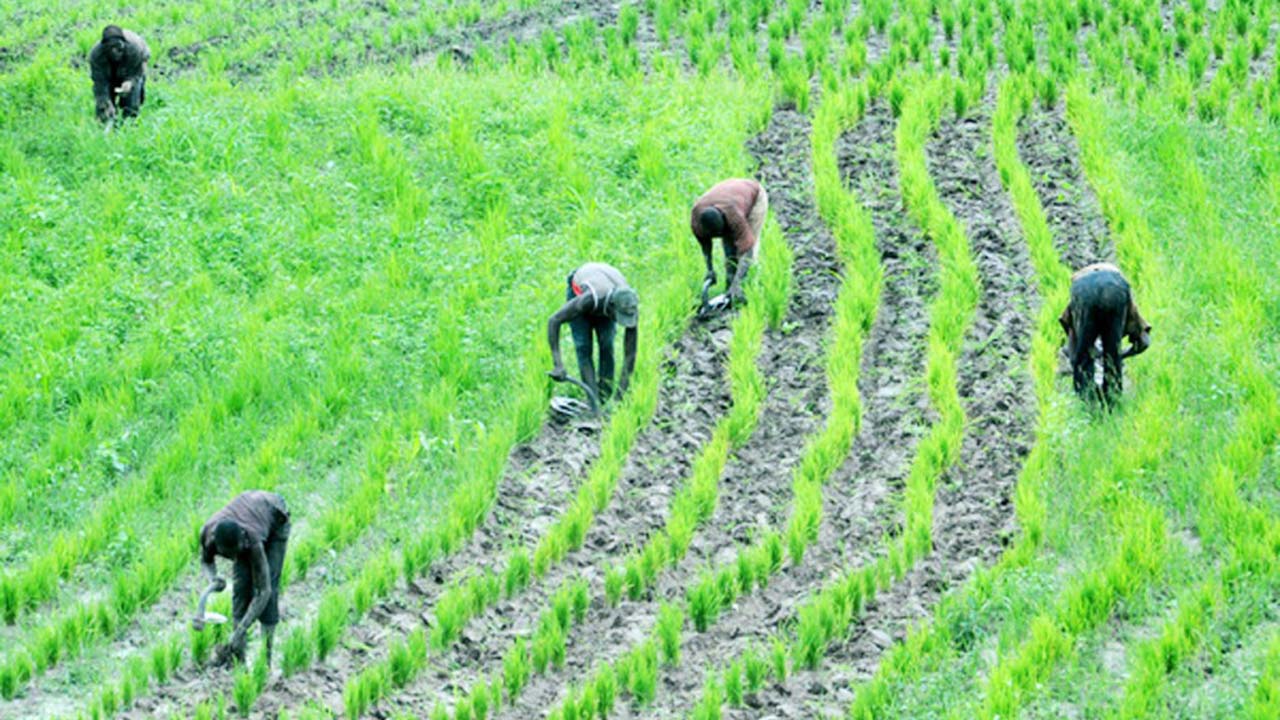Carrots are a popular root vegetable that’s easy to grow as long as it’s planted in loose, sandy soil. Most varieties of carrots are resistant to pests and diseases, and they are also a good late season crop that can tolerate frost.
Carrots’ root is rich in sugar, and a great source of vitamins and carotene. Not all carrots are orange; varieties vary in color from purple to white!
If there is a challenge to growing carrots, it’s just having soil that’s not too heavy—or, you’ll end up with stunted round balls! Most carrot varieties need deep, loose soil.
Carrots are grown from seed and take about four months to mature.


Planting
- Plan to plant seeds outdoors 3 to 5 weeks before the last spring frost date.
- Carrots are ideally grown in full sunlight, but can tolerate a moderate amount of shade.
- Plant carrot seeds 3 to 4 inches apart in rows. Rows should be at least a foot apart.
- Make sure your soil is free of stones; carrots need deeply tilled soil that they can push through.
- Have you ever seen a carrot that has grown “legs” or forked? Fresh manure, or even recently applied rotted manure, can cause carrots to fork and send out little side roots. Don’t use it before you plant your seeds.
Care
- Gently mulch to retain moisture, speed germination, and block the sun from the roots.
- Soil should be well drained and loose to prevent forking and stunting of the root growth.
- Once plants are an inch tall, thin so they stand 3 inches apart. Snip them with scissors instead of pulling them out to prevent damage to the roots of remaining plants.
- Water at least one inch per week.
- Weed diligently.
- Fertilize 5-6 weeks after sowing.
- Carrots taste much better after a couple of frosts. Following the first hard frost in the fall, cover carrot rows with an 18-inch layer of shredded leaves to preserve them for harvesting later.
- Get more tips for growing carrots.
Pests/Diseases

- Wireworms
- Flea Beetles
- Aster Yellow Disease will cause shortened and discolored carrot tops and hairy roots. This disease is spread by pests as they feed from plant to plant. Keep weeds down and invest in a control plan for pests such as leafhoppers. This disease has the ability to overwinter.
Harvest/Storage
- Carrots are mature at around 2 ½ months and ½ inch in diameter. You may harvest whenever desired maturity is reached.
- You may leave mature carrots in the soil for storage if the ground will not freeze.
- To store freshly harvested carrots, twist off the tops, scrub off the dirt under cold running water, let dry and seal in airtight plastic bags, and refrigerate. If you simply put fresh carrots in the refrigerator, they’ll go limp in a few hours.
- Carrots can be stored in tubs of moist sand for winter use.
Recommended Varieties
- Nantes varieties are 6 to 7 inches long, cylindrical (not tapered), and entirely edible. They are medium-sized, sweet and mild, and have a crisp texture.
- Danvers carrots are a classic heirloom carrot 6–8” long that tapers at the end, with a rich, dark orange color. This variety can handle heavy soil better than most varieties.
- ‘Little Finger’ is a small Nantes type of carrot only 4 inches long and one inch thick. Great for containers.
- ‘Bolero’: resists most leaf pests.
- ‘Thumberline’: round carrot, good for clumpy or clay soil.
Wit & Wisdom
- Carrots are biennial plants. If you leave them in the ground, the tops will flower and produce seeds the second year.
- Carrots have a long list of health benefits, not just those from Vitamin A. Read Carrots: Health Benefits!
- Can dogs eat carrots? Yes! Carrots aren’t just great for humans—they make a great treat for your pets! Try this dog-friendly peanut butter carrot cake for your dog’s next birthday.
Recipes





